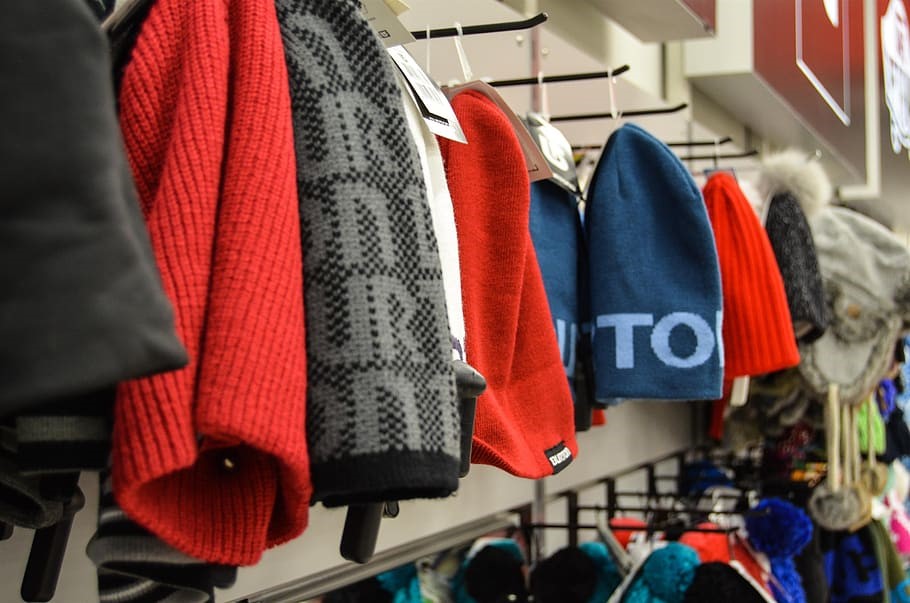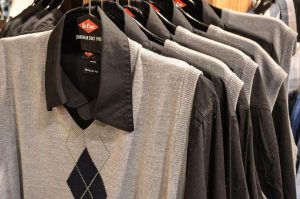When the weather turns cold it’s easy to think that just putting on a thick sweater will be enough to keep you warm. The most effective way to keep warm is actually the layering system, and it’s effective for a number of reasons.
Insulating Pockets of Air
By putting on three layers of clothing, with a base layer, a mid-layer and an outer layer, the different layers of clothing trap pockets of air between each layer, and these act as insulation to stop your body heat escaping too rapidly.
By understanding how the layering system works and the best materials suitable, you can be sure that your clothing layers will provide practical warmth and protection against the cold elements. The obvious other benefit of layering clothing when doing outdoor activities is that you can remove layers if you start to feel too hot while still having enough layers to give you some protection. Find out how layering works and the best materials to choose for each layer.
Base Wicking Layer
The function of the base layer is to regulate the body temperature and wick away any moisture from the body. This is the layer that sits next to the skin, and it’s important to avoid textiles such as cotton which absorb sweat and will cool down the body. Suitable materials for this layer are those which retain warmth when wet, such as wool or synthetic polypropylene.
Mid Layer
The function of the next layer, the mid layer, is to provide insulation and to retain the warmth that may have escaped through the base layer. Suitable items for this layer include light thin fleeces or a thin wool sweater, such as a mens Irish Aran sweater, made from soft wool to provide comfort and warmth. Find out more about these timeless classics at https://www.shamrockgift.com/mens-irish-aran-sweater.
Outer Layer
The outer layer should provide protection from the wind, rain or snow. The outer layer should be waterproof and breathable to allow sweat and water vapour from the body to escape to avoid cooling you down too much. In many cases you will find that using effective base and mid-level layers will provide enough warmth and insulation, and the outer level can be a thin shell jacket rather than something too bulky or heavy.




